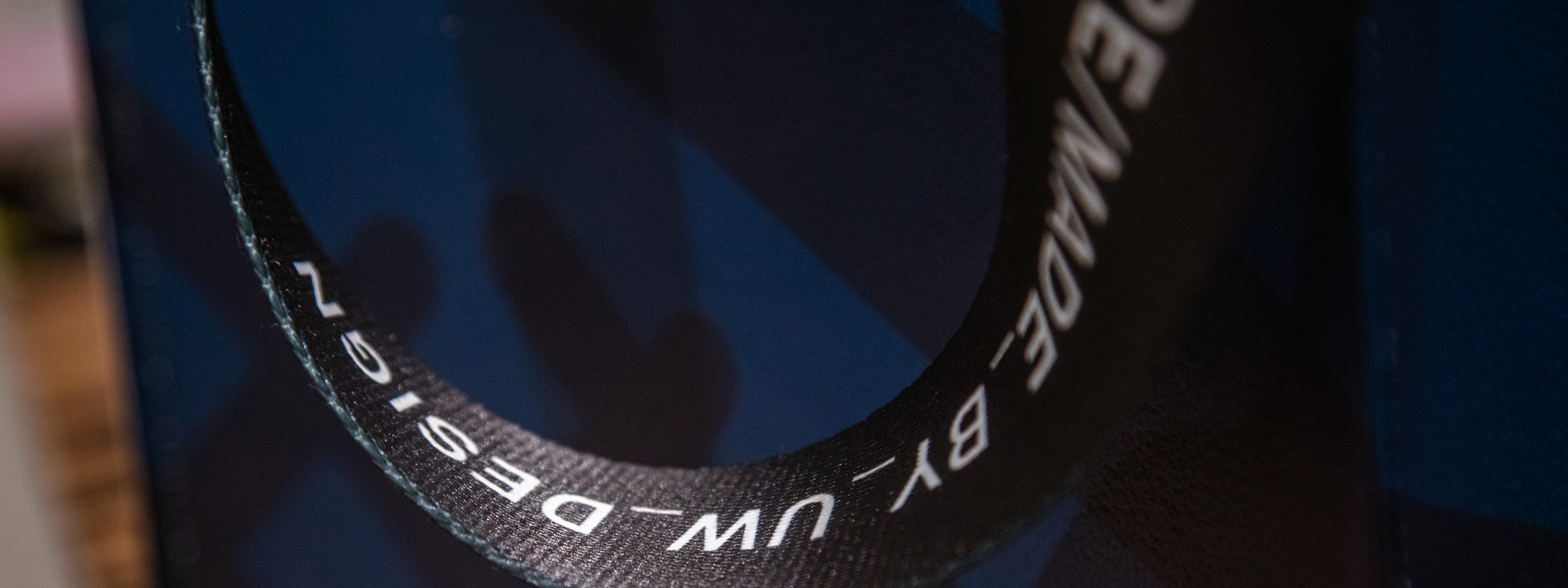Interaction Design (IxD) aims to understand and define the relationships between people and technology. As Interaction Designers, we often work in the intangible and the virtual. We learn to discover and articulate the way people interact with products, services, and systems. The field includes sub-disciplines and related disciplines such as user experience design (UX), user research, information architecture, interface design, among others.
IxD at University of Washington is an intensive, cohort-based program. Around 20 students are accepted each year. IxD students regularly compete in and win design competitions and hackathons.
Our faculty teach concepts and critical thinking that aim to sustain students growth over the course of a career, in addition to current industry standard software competencies that evolve with technologies over time. We encourage students to respond to design challenges by applying observation techniques to understand interactions in context, and to develop conceptual models and representations to assess the perspectives of prospective users.
Interaction Design students participate in laying the groundwork for intangible experiences between people and the interactive systems they use both in digital and analog environments. Interactive systems are present in many areas of everyday life where people coordinate tasks and engage in activities facilitated by technology.
Admissions
Admissions to the Interaction Design program is competitive and is based on completion of prerequisite courses, GPA, and/or successful completion of the application process.
Degree Requirements
Students majoring in Interactive Design graduate with a Bachelor of Design (BDes). To graduate with an undergraduate degree from the University of Washington, students must complete at least 180 course credits: a combination of UW general education requirements, major requirements, and electives.
Major Requirements
Interactive Design majors must satisfactorily complete 82-88 credits of required DESIGN courses and 10 credits in Art History with a cumulative GPA of 2.0.
Courses in the design curriculum are sequenced. Students must complete all required design courses offered each quarter since these courses are the prerequisites for courses offered in subsequent quarters. The minimum acceptable grade for all Design courses is 2.0.
The list below is a general overview of the course requirements for the IxD major and is subject to change for each cohort. Students in the Design program are required to use the most up-to-date BDes Requirements Chart to plan their schedule and register for classes.
Year One
DES 166: Design Foundations (5 cr)
Year Two
DES 206: Design Methods (5 cr)
DES 207: Design Drawing (5 cr)
DES 208: Design History (5 cr)
DES 209: Introduction to Typography (5 cr)
DES 210: Color + Composition (5 cr)
DES 215: Visual Storytelling (5 cr)
Year Three
DES 325: Physical Computing (5 cr)
DES 371: Interface Design 1 (5 cr)
DES 372: Interface Design 2 (5 cr)
DES 383: Foundations in IxD (5 cr)
DES 384: Data Visualization (5 cr)
DES 300-level Design elective (3–5 cr)
Year Four
DES 481: Design Field Studies (5 cr)
DES 483: Advanced Interaction Design (5 cr)
DES 485: Design Capstone (5 cr)
DES 486: Design Exhibition (1–3 cr)
DES 300/400-level Design elective (3–5 cr)
+ Art History Courses (10 cr)
Satisfactory Progress Requirements
Certain academic and studio performance levels are required to continue in good standing in the design majors. Review BDes Progress Requirements.
